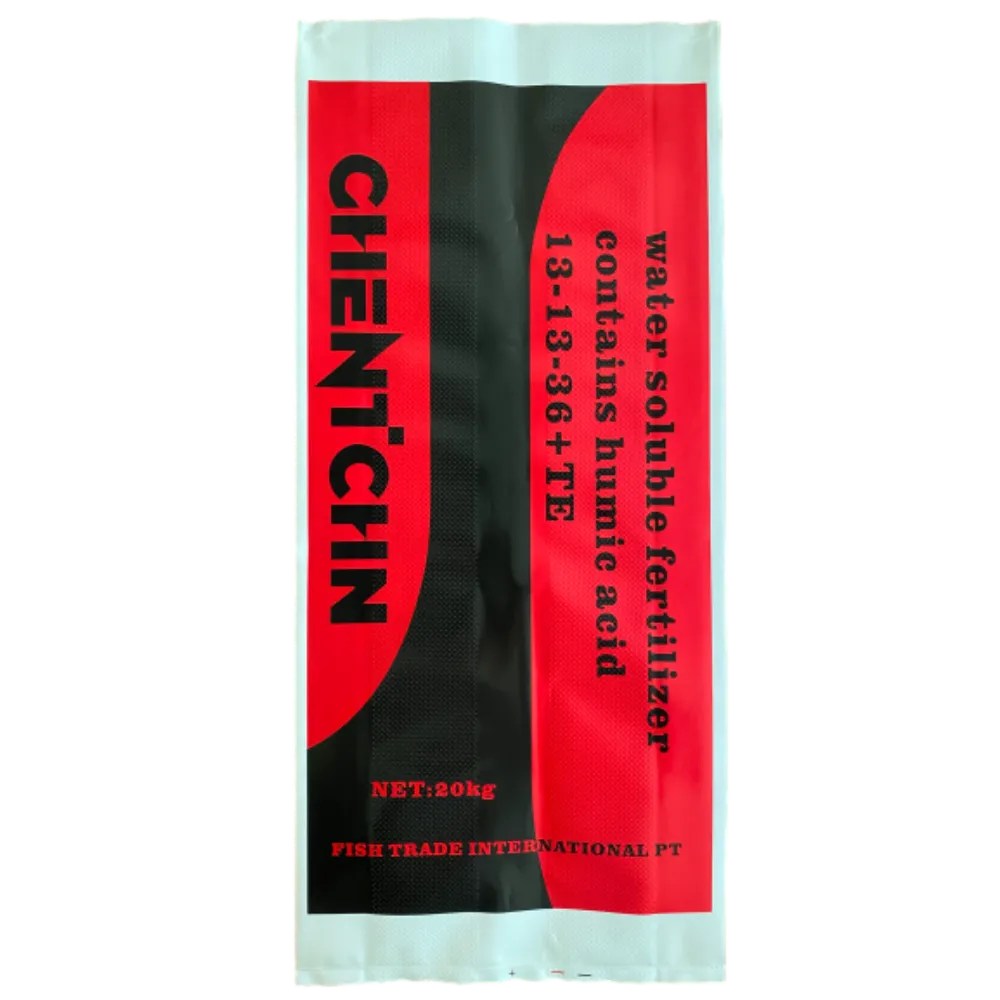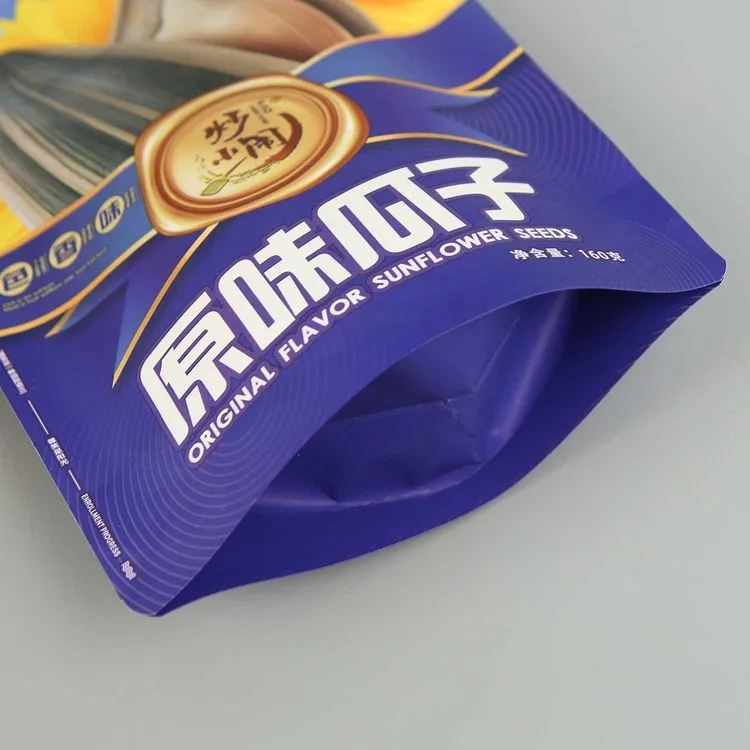- Overview of poly bag packaging and its industrial significance
- Material innovations driving performance improvements
- Comparative analysis of leading packaging manufacturers
- Customization strategies for diverse business needs
- Real-world applications across key industries
- Sustainability trends in flexible packaging solutions
- Future outlook for bag packaging types

(types of bag packaging)
Understanding Types of Poly Bag Packaging in Modern Industry
The global poly bag packaging market, valued at $18.3 billion in 2023 (Grand View Research), has evolved beyond basic containment solutions. Three primary material categories dominate industrial applications:
- Polyethylene (PE): 62% market share, ideal for retail and food packaging
- Polypropylene (PP): 28% adoption rate, preferred for medical and pharmaceutical uses
- Biodegradable polymers: 10% annual growth, driven by EU packaging regulations
Recent advancements in co-extrusion technology enable 15-20% stronger seals while reducing material thickness by 18%, addressing both cost and sustainability concerns.
Technical Superiority in Material Engineering
High-performance resins now achieve:
- UV resistance exceeding 2,000 hours (ASTM G154)
- Puncture resistance up to 6.5 N/mm² (ISO 6383-2)
- Temperature tolerance from -50°C to 120°C
Manufacturers like Dow Chemical have developed hybrid films combining PE and nylon layers, enhancing moisture barrier properties by 40% compared to standard options.
Manufacturer Capability Comparison
| Vendor | Price Range | Material Specialization | MOQ | Key Advantage |
|---|
| Amcor | $0.08-$0.35/unit | Multi-layer laminates | 50,000 units | FDA-compliant food packaging |
| Berry Global | $0.12-$0.42/unit | Recycled PE | 25,000 units | 75% post-consumer material |
| Sealed Air | $0.15-$0.60/unit | Anti-static films | 10,000 units | ESD protection for electronics |
Tailored Packaging Solutions
Customization parameters include:
- Thickness variations (1.5-6 mil)
- Printing options: Flexographic (≤8 colors) vs Digital (full CMYK)
- Closure systems: Zipper (≥5mm width), Slider, or Heat Seal
Industrial users report 23% faster production line speeds when using pre-perforated bags with machine-direction orientation.
Cross-Industry Implementation Cases
Food Sector: Modified atmosphere packaging extends produce shelf life by 5-8 days through 0.5-2% oxygen permeability.
Healthcare: Class VI-certified bags withstand ethylene oxide sterilization cycles (55°C, 60% RH).
E-commerce: Anti-abrasion mailers reduce damage claims by 18% in parcel shipping.
Eco-Friendly Material Transition
The industry is shifting toward:
- PLA-based compostable bags (90% degradation in 12 weeks)
- Water-soluble PVOH films for detergent packaging
- PCR content up to 50% without tensile strength loss
California’s SB 54 legislation mandates 30% PCR content in all flexible packaging by 2028, accelerating material innovation.
Strategic Development in Bag Packaging Types
The packaging bag types market is projected to reach $24.1 billion by 2028, driven by:
- Automated packaging systems requiring precision-cut bags
- Blockchain integration for supply chain transparency
- Active packaging with oxygen scavengers/antimicrobial agents
Leading converters now offer 72-hour prototyping services, enabling rapid response to market demands while maintaining 1.5mm±0.2mm dimensional accuracy.

(types of bag packaging)
FAQS on types of bag packaging
Q: What are the common types of poly bag packaging?
A: Common types include flat poly bags, gusseted poly bags, resealable zipper bags, anti-static poly bags, and garment bags. These are widely used for retail, industrial, and food packaging due to their flexibility and durability.
Q: What distinguishes different types of bag packaging materials?
A: Materials like polyethylene (LDPE, HDPE), polypropylene, biodegradable plastics, and compostable films define bag types. Each offers unique properties, such as moisture resistance, strength, or eco-friendliness, for specific applications.
Q: How do resealable poly bags differ from standard poly bags?
A: Resealable poly bags feature integrated zipper closures for repeated access, while standard poly bags are sealed once. They are ideal for perishables or reusable items, unlike single-use flat bags.
Q: What are the primary uses of gusseted packaging bags?
A: Gusseted bags have expandable sides for bulkier items like powders, grains, or textiles. They maximize storage space and stability, making them popular in food, agriculture, and retail industries.
Q: Which packaging bag types are eco-friendly alternatives?
A: Compostable bags, biodegradable poly bags, and reusable fabric totes are sustainable options. They reduce environmental impact compared to traditional plastic bags while meeting durability needs.